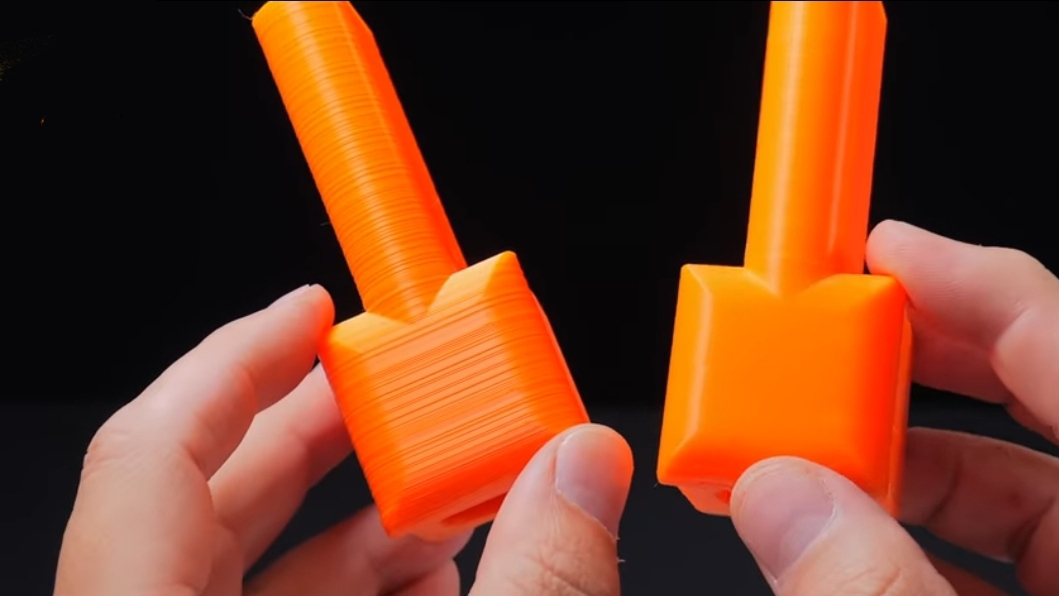3D Printer Troubleshooting Guide for Beginners (Common Issues Fixed)
So, you just got your first 3D printer and you're excited to dive into the hobby. You spend time building it, plug it in, and suddenly, it bursts into flames and a demon from another dimension starts crawling out. Congratulations—you've started the Apocalypse! While I can't help you with interdimensional tears in space and time, I can help you troubleshoot your 3D printer. Let's get started.
Hey everyone, welcome back to the channel. My name's Frank. Whatever brought you to this video, you're likely having some trouble with your 3D printer. Whether you received it as a holiday gift or you're tuning in from the beach, getting into 3D printing can be frustrating. My inbox is flooded with beginners and enthusiasts seeking troubleshooting advice, so in this video, I'll address some common issues.
Feel free to use the chapters to navigate the video and find your specific problem. If you encounter an issue I don't cover, leave a comment below, and I may make a follow-up video. Without further ado, let's dive into it.
Assembly and Construction
Building Your Printer Right
First and foremost, ensure you built your printer correctly. Double-check all connections, especially if the printer isn't powering on. Ensure all plugs are firmly connected. A common mistake involves flipping the extruder (E) and X-axis motor plugs. The E motor pulls filament through, while the X motor moves the print head left and right.
Power Supply Issues
Many printers have a voltage switch (115V/220V) to accommodate different regions. In the US, Australia, and Japan, it's 115V; in Europe, it's 220V. Setting the wrong voltage can fry your printer. Check this switch if your printer isn't powering on.
Leveling and Adhesion
Leveling the Bed
Leveling the bed is crucial. Ensure the bed is the proper distance from the nozzle. Clean the bed for better adhesion; use 91% isopropyl alcohol and a microfiber cloth.
Loading Filament
For direct drive and Bowden tube setups, straighten the filament, cut it at a 45° angle, and heat the printer to the filament's recommended temperature. Open the extruder lever, feed the filament, and push it lightly until it starts melting and extruding.
Common Filament Issues
Choosing the Right Filament
Most hobby printers use 1.75mm PLA filament. Ensure you follow the recommended temperature settings on the filament roll.
Layer Shifting
Layer shifting occurs when the X or Y axis loses position. Common causes include improperly tightened belts or corrupt G-Code files. Try formatting your SD card or creating new G-Code if this happens.
File Reading Issues
If your printer isn't reading files, the file name might be too long. Shorten the name and try again. If that doesn't work, format the SD card and reload the files.
Clogs and Jams
Fixing Clogs
Often, clogs are due to the nozzle being too close to the bed. Raise the nozzle slightly to prevent this. For Bowden tube setups, ensure the tube is fully inserted to avoid gaps that cause clogs.
Software Troubleshooting
Previewing Prints
Use the preview feature in your slicing software to ensure the print is feasible and adjust settings if necessary.
Optimizing Supports
Adjust the support overhang angle and support density in your slicing software to reduce print time and material usage.
Final Tips
Take Your Time
Don't rush. Learning 3D printing takes time, and everyone makes mistakes. Be patient and seek help from the community.



Comments
Post a Comment